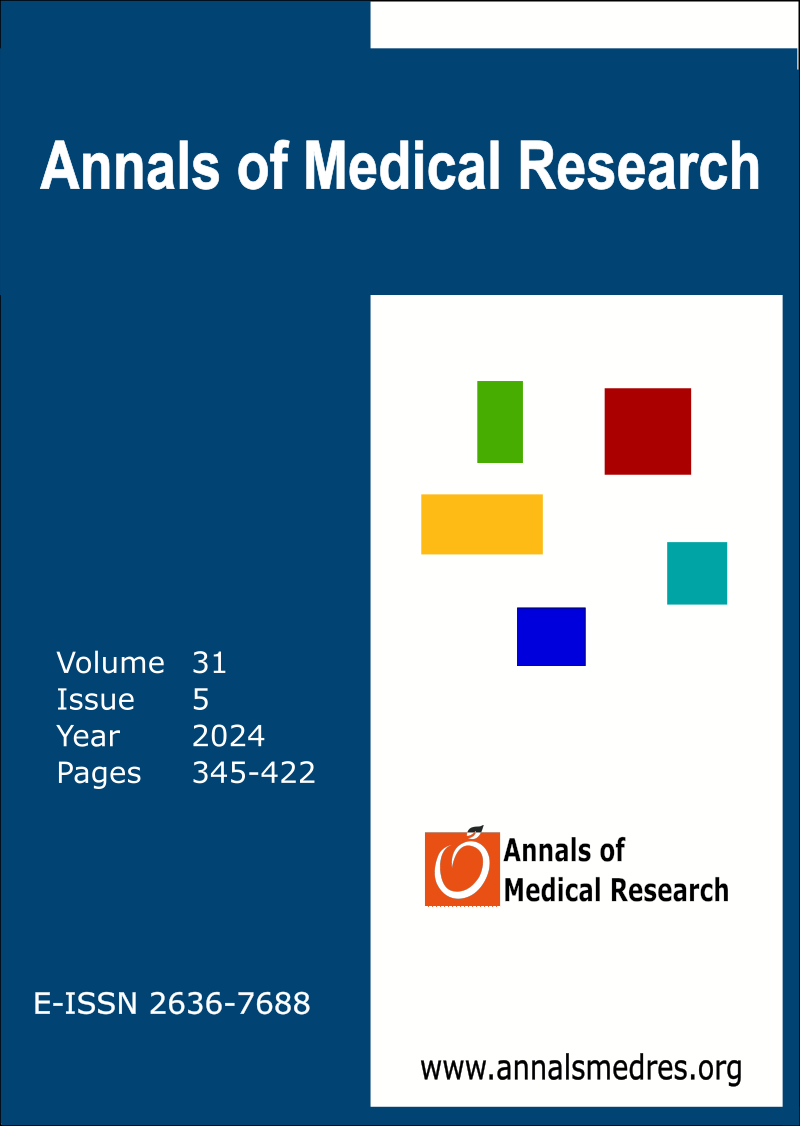Comparison of dinoprostone versus oxytocin with dinoprostone for the induction of labor: A retrospective case-control study in a tertiary clinic in Türkiye
Keywords:
Cesarean rate, Dinoprostone, Oxytocin, Induction of labour, Prostaglandin, Post-term pregnancyAbstract
Aim: Even though the number of inductions is still rising, limited information is available about the results of subsequent pregnancies following induction. The current study was aimed at comparing the effectiveness of dinoprostone and low-dose oxytocin with dinoprostone in the induction of laborlabor for term pregnancies to assess the need for additional uterotonic agents.
Materials and Methods: In this retrospective case-control study, 99 patients with full-term pregnancies (completed 37 weeks or more of pregnancy) who had unripe cervixes underwent laborlabor induction for different reasons were evaluated. BISHOP score was performed to predict the patient who required laborlabor induction. All participants were given either only a sustained-release dinoprostone vaginal insert or low-dose administration of oxytocin to the dinoprostone. Two patient groups’ clinical characteristics were compared.
Results: No statistically significant differences were found between the two groups based on age, gravity, parity, and gestation weeks. However, there was a significant difference between the two groups in terms of the duration of the active phase of laborlabor and time from admission until the end of the second stage of laborlabor (p=0.04). Labor and birth occurred in a significantly shorter time in the dinoprostone + oxytocin group. Common indications for induction of laborlabor were post-term pregnancy (77.14%). The cesarean section ratio was found to be similar in both groups (p=0.084). There was no statistically significant difference between the two groups in terms of adverse events such as tachysystole and hyperstimulation of the uterus and infant outcomes (p>0.05).
Conclusion: Sustained-release dinoprostone and dinoprostone with low-dose oxytocin were both found to be effective augmentations in the management of delay in labor. Our results supported that administration of oxytocin with dinoprostone vaginal insert dramatically shortened induction to delivery times, and no significant increase of cesarean section rate had been found.
Downloads
Published
Issue
Section
License
Copyright (c) 2024 Annals of Medical Research

This work is licensed under a Creative Commons Attribution-NonCommercial-NoDerivatives 4.0 International License.
CC Attribution-NonCommercial-NoDerivatives 4.0






